
European fisheries ministers have agreed to significantly increase fishing quotas for the once under-threat North Sea cod and haddock, following a strong recovery in the stocks.
UK fishing crews will now be permitted to catch 15% more North Sea cod, and 47% more haddock, after European agriculture ministers agreed to 2016 quotas at the annual meeting of the EU Fisheries and Agriculture Council in Brussels yesterday (15 December).
The increase in total allowable catches for UK fishing crews marks a dramatic turnaround in stock levels – particularly for cod, which became heavily overfished between the 1980s and 2006 – when tough new quotas were introduced to limit fishing of the species.
It follows the publication of catch quota advice by the International Council for the Exploration of the Seas (ICES) in July, which recommended an increase in quotas of 15% and 30% for North Sea cod and haddock respectively on the back of what it described as “clear signs of recovery” to stocks.
Such has been the recovery of cod stocks that a group backed by Icelandic Seachill, Morrisons and Sainsbury’s launched a campaign in September to push to get the species MSC-accredited by 2017.
The 2016 quota package will also see the English Channel plaice quota rise by 80%, while North Sea herring, Celtic Sea hake and Western Channel sole quotas will increase by 16%, 20% and 15% respectively.
Other species such as monkfish (up 20%), megrim (up 26%) and west coast prawns (up 16%) have also received an increase in allowable catch. However, the North Sea prawn quota fell by 23%, while the west coast herring quota was reduced to zero in order for stocks to recover.
The quota increases were welcomed by fisheries minister George Eustice, who said decisions had been made based on three clear principles: following the available scientific advice, achieving sustainable levels of fishing and reducing discards - with the discard ban on species such as sole, haddock and plaice coming into force on 1 January.
“These negotiations are the culmination of months of government-led work to secure the best possible deal for the UK fishing industry, and the tough decisions we’ve taken to manage fishing and recover fish stocks are paying off,” Eustice added.
“I entered these discussions with the firm belief that any decisions need to support a profitable fishing industry, sustainable fish stocks and a healthy marine environment, and the significant quota increases we’ve achieved for iconic species like North Sea cod demonstrate the success of this approach.”
The announcement was also welcomed by Scottish fisheries secretary Richard Lochhead, who said the quota increases represented a £25m boost for the Scottish whitefish fleet, and came on the back of increasing fish prices and lower costs, pointing to a profitable year for the industry.
“Crucially this will help manage the start of the discard ban for haddock next year,” he added.
However, the new catch limits “did not go far enough to protect fish populations”, claimed Liane Veitch, a scientist for environmental law organisation ClientEarth.
”Some quotas continue to allow severe overfishing, threatening the sustainability of the stock and the industry that relies on it,” she said. “For other stocks, the European Council has started to follow scientific advice and EU fisheries law, but we need to see more of this ambition from ministers to safeguard the future of EU fishing, and to avoid sharp shocks for fishermen and consumers as we approach 2020.”








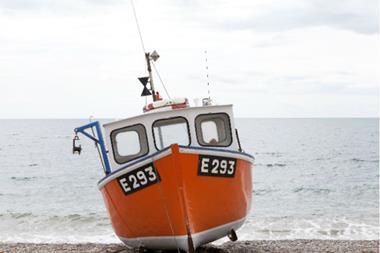
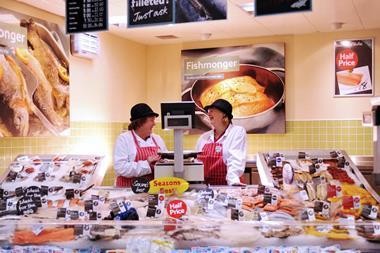
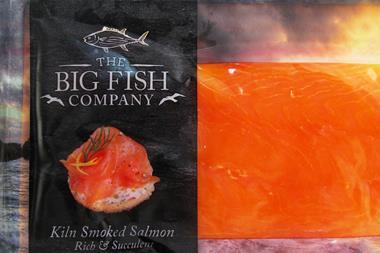

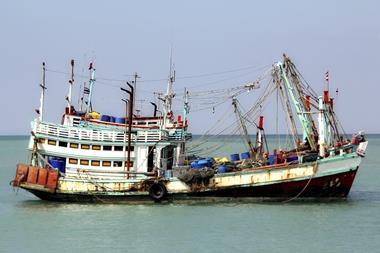

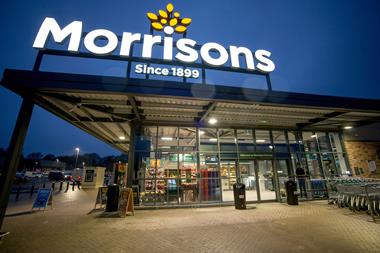
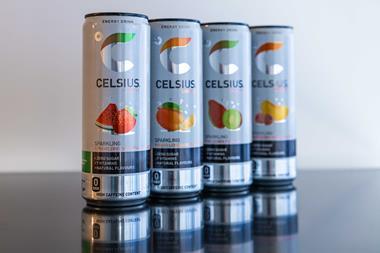



No comments yet